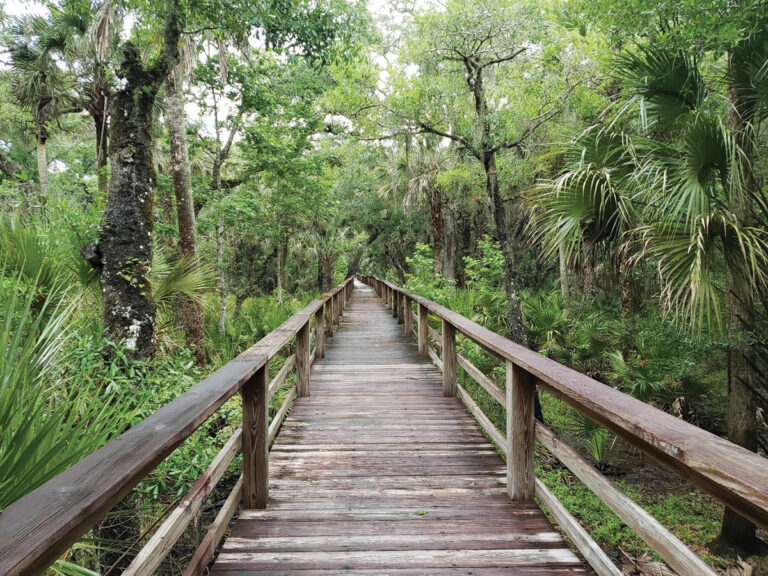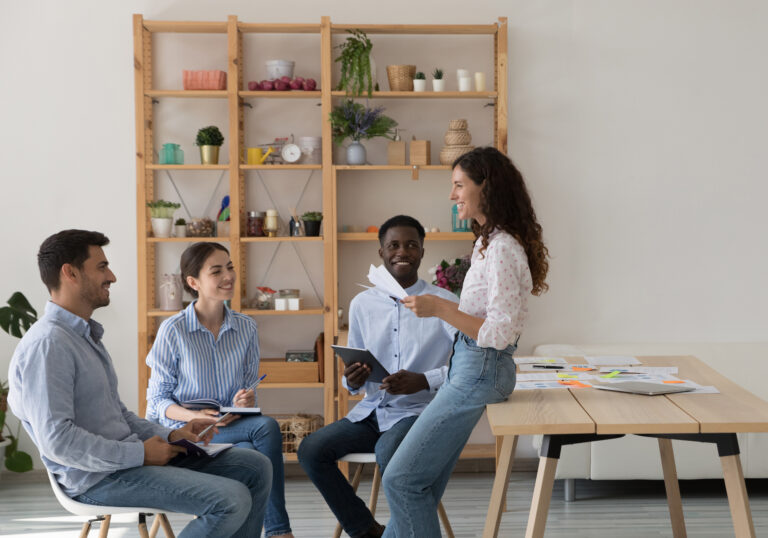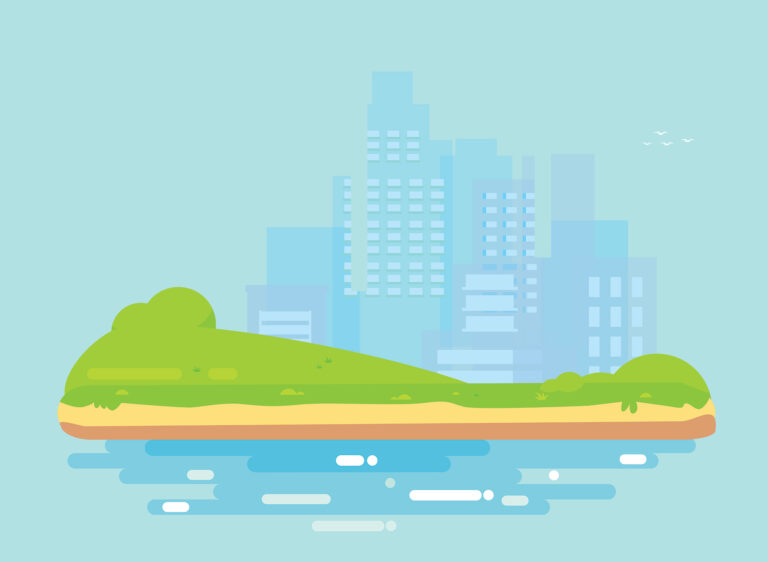Is Clean Energy Good for Business?
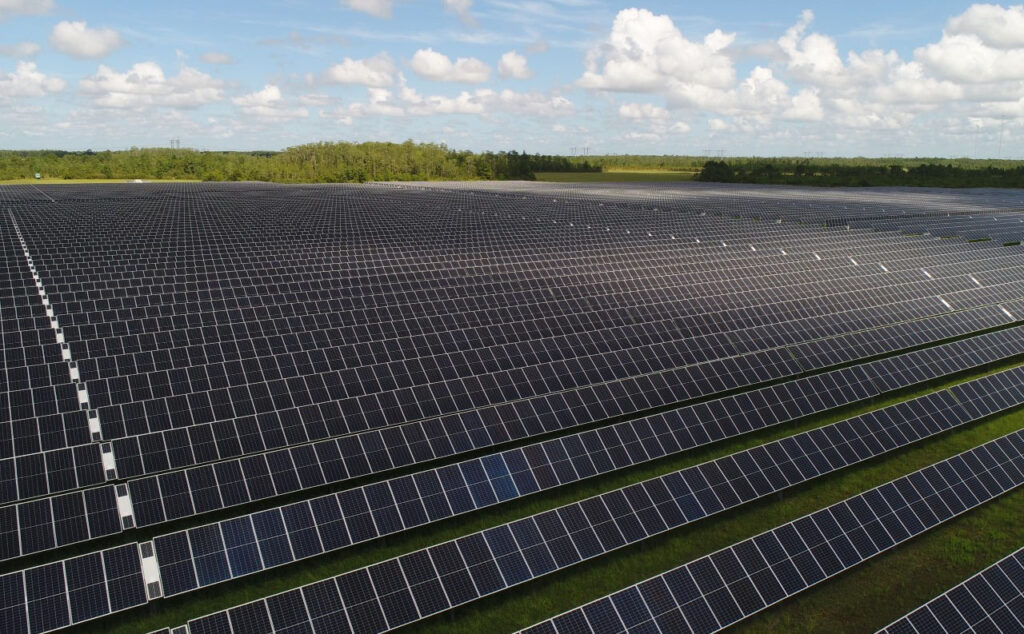

As Floridians, we know the effects of climate change all too well. Each summer seems to break extreme heat records. We see reports of sports fans hospitalized for heat stress-related complications on scorching game days. Hurricane vulnerability continues to be an annual concern with our proximity to warming oceans.
The good news is that on the First Coast, projects are underway to help mitigate these troublesome trends. We are seeing solar initiatives and ambitious zero carbon emission models take shape with a long-term view. Are these mitigation measures good business? How are they impacting First Coast communities?
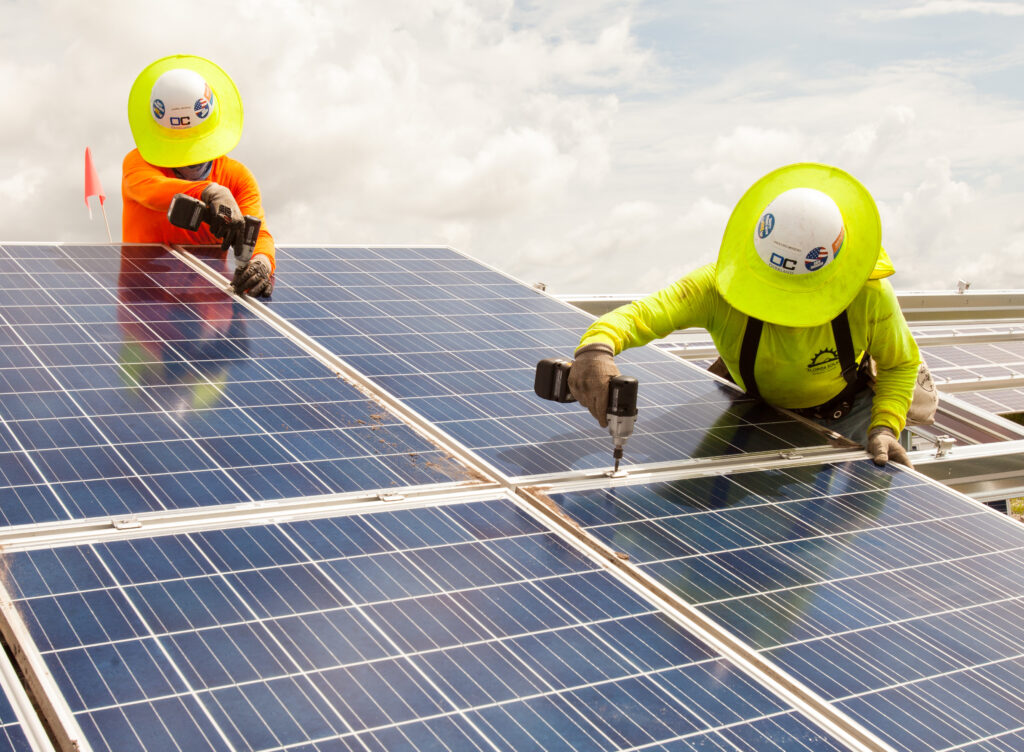
We might begin to address these questions by looking at a sister company of Florida Power & Light called Florida Renewable Partners (FRP). This NextEra Energy partner focuses on the economically sound development of clean energy sources such as solar power plants – right here in the Sunshine State. One such plant is being built slightly east of the Flagler/Putnam County line. Finding suitable land for such a structure is arduous. An ideal location must be near established transmission lines. Viable sites must also be resilient enough to withstand the overall environmental impacts of construction. Through close collaboration with municipal leadership, FRP has been successful in establishing long-term partnerships while being in line with applicable ordinances and permitting procedures. “Working with Flagler County has been very straightforward, and the process for permitting was clear and streamlined,” recalls FRP spokesperson Alyssa Ten Eyck.
“Solar power plants are good neighbors…they are virtually silent, remotely monitored and generate zero-emissions,” relates Ten Eyck. What is more, such plants create hundreds of jobs and significant local tax revenue during the construction process. These facilities do not require water or fuel to be operational. Florida’s natural environment benefits from investments in such an innovative approach to powering homes and businesses.
FRP has often found that the communities where they operate welcome solar innovation. Florida ranks second in the nation in terms of solar industry jobs, with upwards of 11,000. The resulting economic impact is over $400 million. Essential services such as healthcare, education and transportation all benefit from solar-related tax revenues.
We often hear reports of major corporations implementing carbon offset measures to yield a “net-zero emissions” result. But earlier this year, NextEra Energy (FRP’s parent company) launched Real Zero™. “This is the most ambitious carbon emissions reduction goal ever set by an energy producer,” explains Ten Eyck. Real Zero™ will use the power of affordable renewables to eventually eliminate carbon emissions completely. This paradigm shift may well help Florida lead the march with other utilities that want to follow suit in pursuit of a zero-emissions goal. Ten Eyck goes on to explain that “…a zero-carbon emissions energy future is within reach, and we intend to bring it to Florida by no later than 2045.” In the interest of transparency, interim reports will be released every five years so that the public can track progress. As it stands, NextEra Energy would achieve an 82% reduction in emissions by 2030, 87% by 2035 and 94% by 2040 before the final five-year stretch.
Pioneering a departure from traditional energy sources does not come without skepticism and opposition. FRP wants constituents to know that the local solar power plant currently under construction is expected to power 15,000 homes. This is comparable to reducing the number of gas-powered vehicles on the road by 14,000 annually. What is more, when furnishing electricity, the solar power plant will not create any greenhouse gasses, air pollutants or waste by-products. Florida is home to a vast array of native wildlife. Compatibility with surrounding ecosystems is considered during the design phase. At times, it has been necessary to perform site enhancements to ensure that the habitat thrives. This may include restoring wetlands, increasing biodiversity with the use of native plant species and planting pollinator species that serve as ground covers. Federal, state and municipal entities support these practices as they work hand in hand with FRP, not only during the nascent stages of design and development but onward through the life of the solar plant. When a plant’s life cycle of about 35 years ends, its location can uniquely revert to being used for agricultural purposes. This is in part because the panels are not difficult to remove. The modest steel posts that support solar panels do not influence soil fertility.
The climate crisis paints a high-stakes picture for us as Floridians. There now exists a compelling opportunity to exemplify what a cleaner energy future might look like for the Sunshine State and beyond.

Bill Gallagher grew up motor racing, mountain climbing and hiking the Adirondack Mountains in his native Minerva, New York. Just about all his peers were self-starters. “I wouldn’t trade that experience for anything in the world,” Gallagher reflects. He has a blood-borne affinity for auto racing, which he attributes to his dad. “My dad was incurably curious about everything mechanical.”
In 1970, Bill relocated to Florida to study at Embry-Riddle Aeronautical University in pursuit of a piloting career and opportunities to tap into Daytona’s racing scene. Bill’s time as a pilot afforded him what he describes as a uniquely liberating, therapeutic experience. “Aerobatics – particularly flying inverted, is great mental therapy,” shares Bill with a smile.

In 1975, Bill helped build International Sun Protection, Inc. (DBA Solar-Fit), a renewable energy company. The draw to initiate this was two-fold: the mechanical aspect and a love of the environment. Back then, most solar technologies were thermal-based. But today, battery storage is the name of the game not only in Florida but globally. As Bill puts it, “Solar power has benefits for all.” It meets the needs and aspirations of those driven by a desire for independence, environmental soundness or economic viability. Solar-Fit serves Flagler, St. Johns and surrounding counties with systems that heat pools, cool interiors with “Solar AC” and power appliances.
Bill prefers to set political differences aside as concerns the environment. For him, embracing all that solar energy has to offer is paramount. Solar-Fit uses financing options to ensure that clean energy is accessible to people of various socio-economic backgrounds. “In many cases, the monthly payment for the solar loan is less than the utility savings, making solar power one of the best home improvement investments available today.” Federal tax saving incentives have also sweetened the deal for families who are joining their neighbors in the movement.
At the end of the day, Bill’s professional opinion is that owning individual solar systems “is the most cost-effective means of producing energy, and the ideal vehicle to help keep all of our power bills from increasing as they are doing now.” This is partly due to a reduced need for additional high-dollar conventional power plants.



